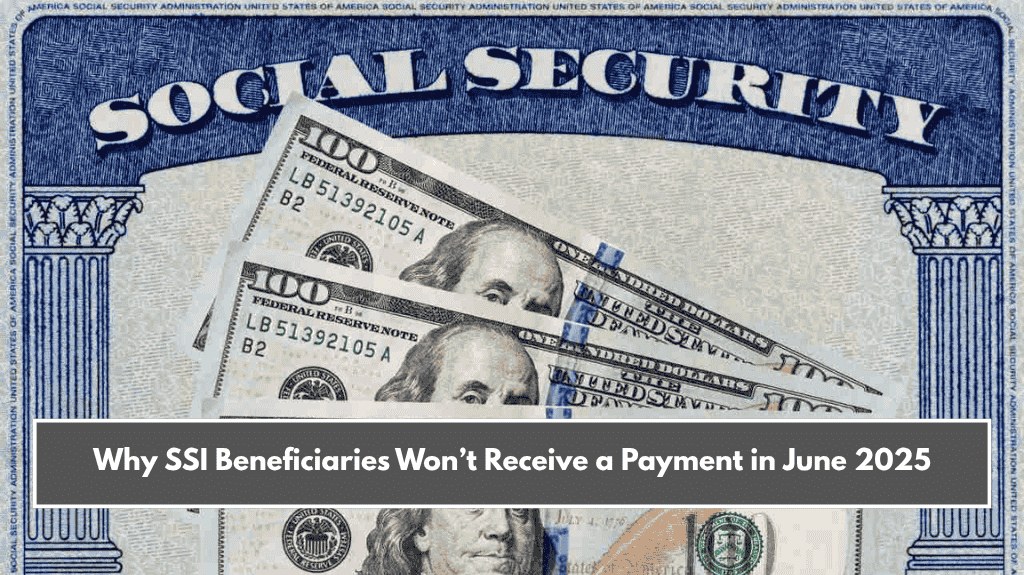If you’ve ever wondered how much money you might get when you retire, or if you can apply for disability payments, then you’ve probably heard about Social Security. It’s a system used by millions in the United States to support people after they stop working or if they become disabled. But collecting monthly Social Security benefits is not automatic. You have to meet certain eligibility requirements first.
These rules may seem confusing at first, but don’t worry—we’ll explain them step-by-step so you understand what it takes to qualify for these important monthly payments.
1. You Must Have Worked Long Enough
The first and most important rule is that you must have worked and paid into the Social Security system during your career. In simple terms, that means you must have paid payroll taxes while earning an income.
To qualify for full retirement benefits, you need to earn at least 40 work credits. Usually, this means working for about 10 years. It doesn’t have to be 10 years in a row—you could have had breaks in your career or worked part-time. What matters is that you earned and paid Social Security taxes over time.
If you are applying for disability benefits (SSDI), the number of work credits needed depends on your age. For example, a young person who becomes disabled early may qualify with fewer credits, because they haven’t had much time to work.
2. Your Age Matters for Retirement Benefits
The second important factor is your age when you choose to start collecting Social Security. You can begin collecting as early as age 62, but there’s a catch—your monthly amount will be reduced permanently if you start that early.
To receive your full benefit, you need to wait until your full retirement age, which is 66 to 67 years, depending on your birth year. If you wait even longer, until you are 70, your benefit amount will actually increase, giving you more money each month for the rest of your life.
So while it might be tempting to start collecting at 62, it’s a good idea to plan carefully. Delaying could mean a more comfortable retirement in the long run.

3. Your Legal Status in the U.S. Is Also Important
You don’t have to be a U.S. citizen to get Social Security benefits. If you are a legal resident and have worked in the U.S. and paid taxes, you may still be eligible.
However, if you’re not a citizen and plan to move outside the U.S., the situation changes. For example, if you’re receiving SSI (Supplemental Security Income), you must stay in the U.S. continuously. Leaving the country for more than one month could result in your benefits being stopped.
So if you’re a green card holder or non-citizen, it’s important to check how your residency and travel plans might affect your payments.
How to Check If You Qualify
The best way to see if you meet these requirements is to create a free account on the official Social Security website (ssa.gov). Once logged in, you can:
- View your work history
- See how many credits you’ve earned
- Get an estimate of your future monthly payments
Checking early helps you correct any errors and plan your future better. Whether you’re years away from retirement or thinking about applying soon, knowing where you stand now is a smart move.
Social Security is a major source of financial support for retired and disabled individuals in the U.S., but it’s not automatic. To get your monthly payments, you need to meet three main requirements—have enough work credits, apply at the right age, and ensure you have the legal status to qualify.
Understanding these rules early can help you make better choices and avoid missing out on benefits you may be entitled to. Create your Social Security account, review your details, and plan ahead—it’s a small step that can make a big difference in your future.















